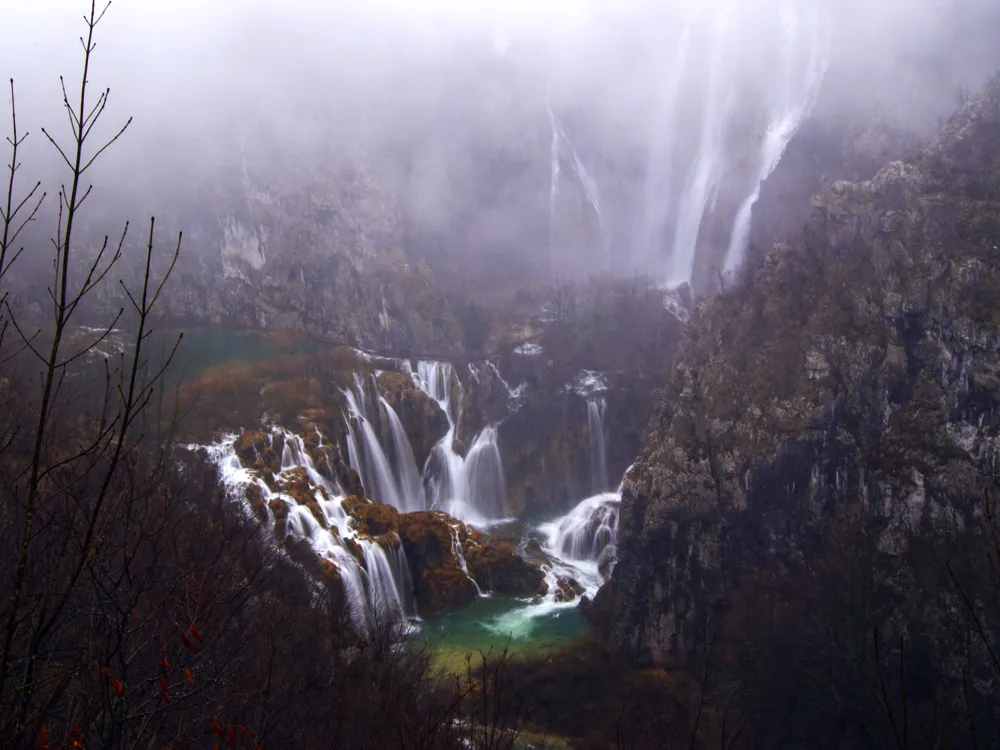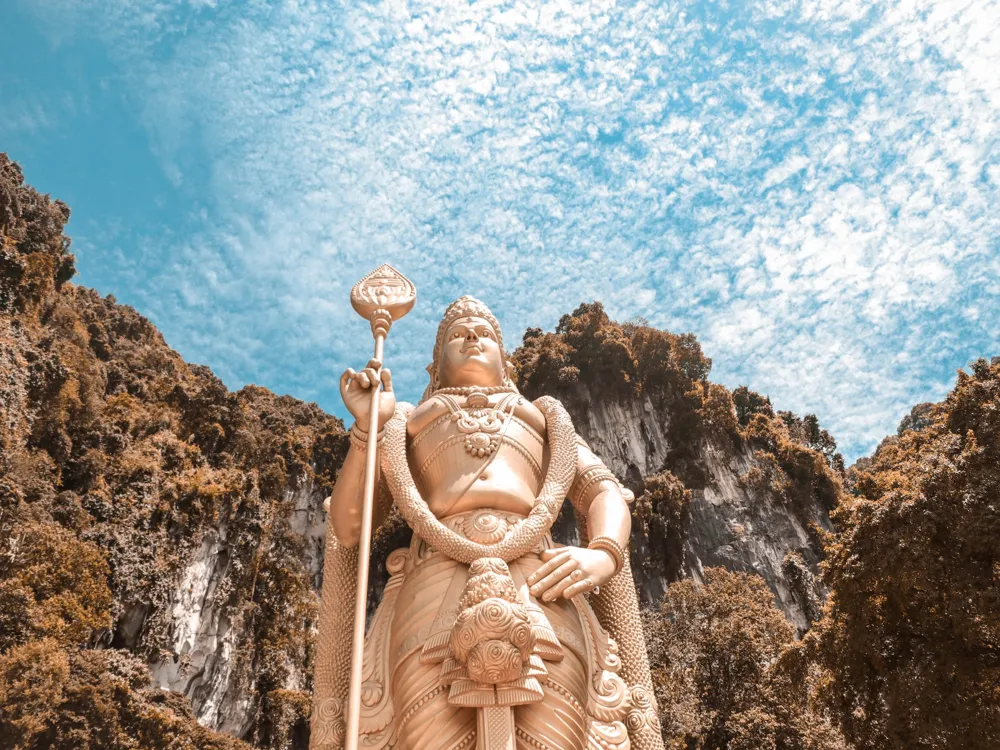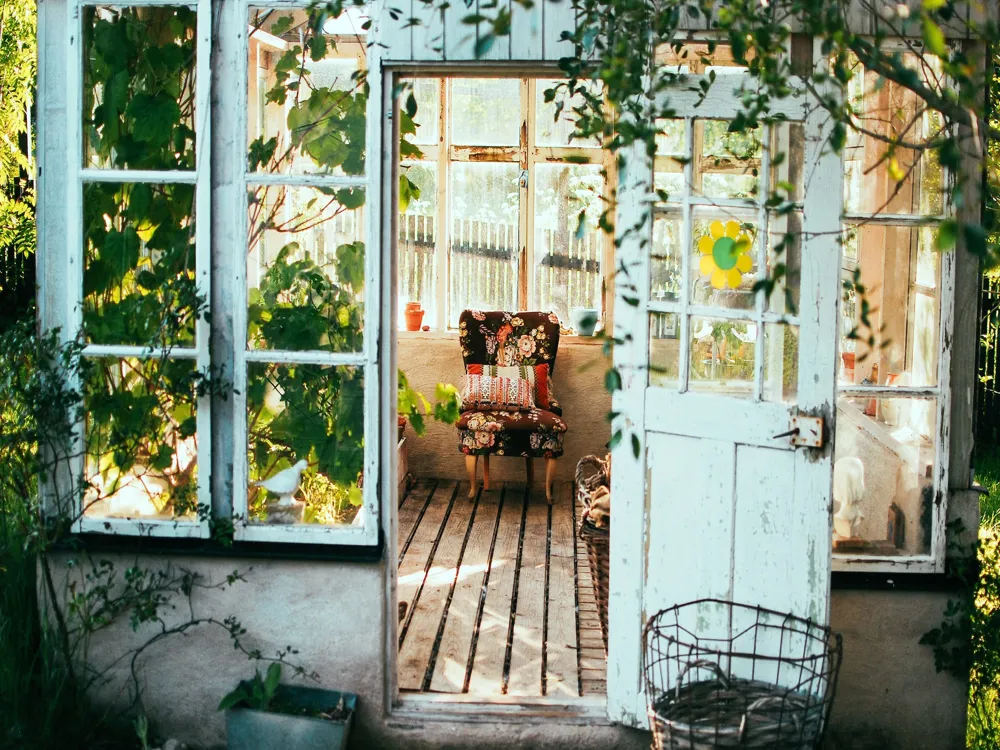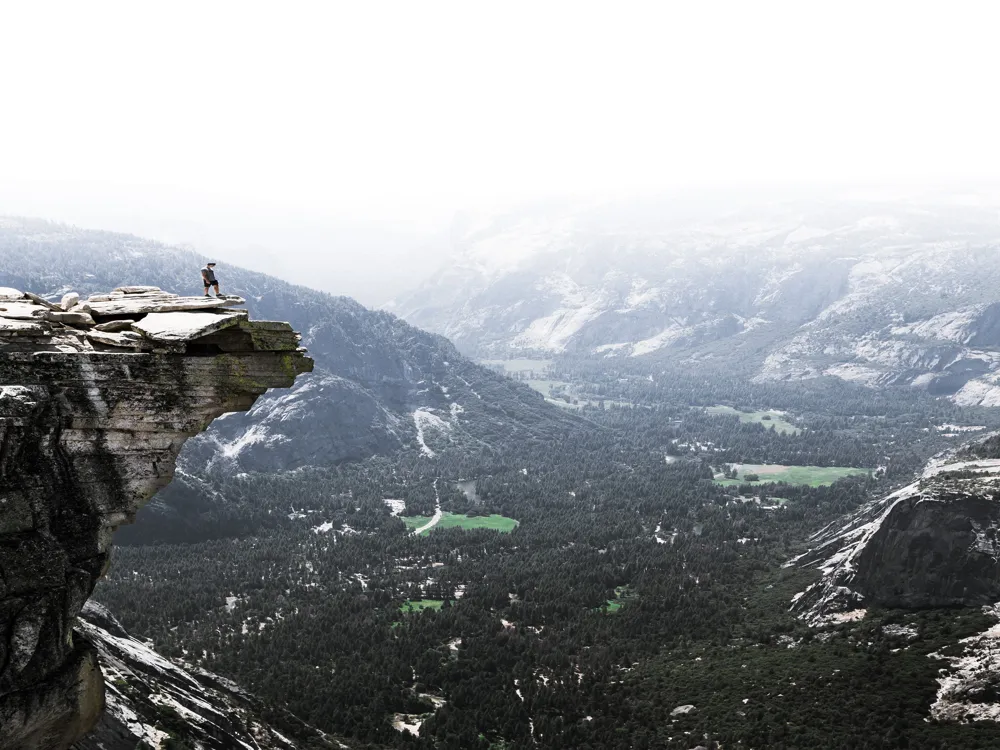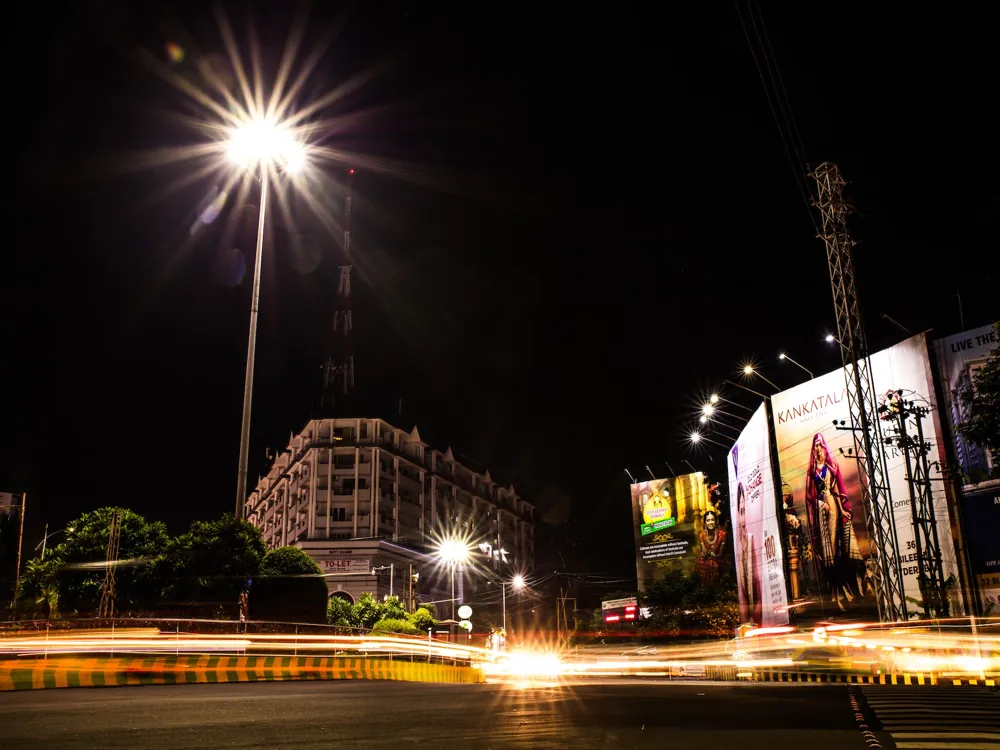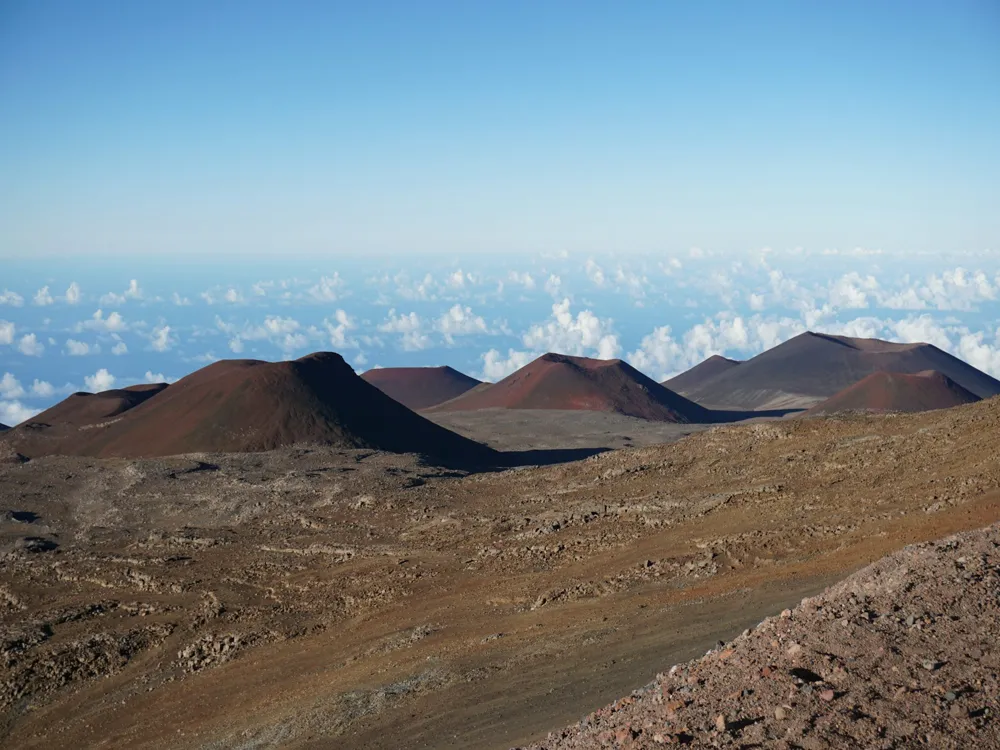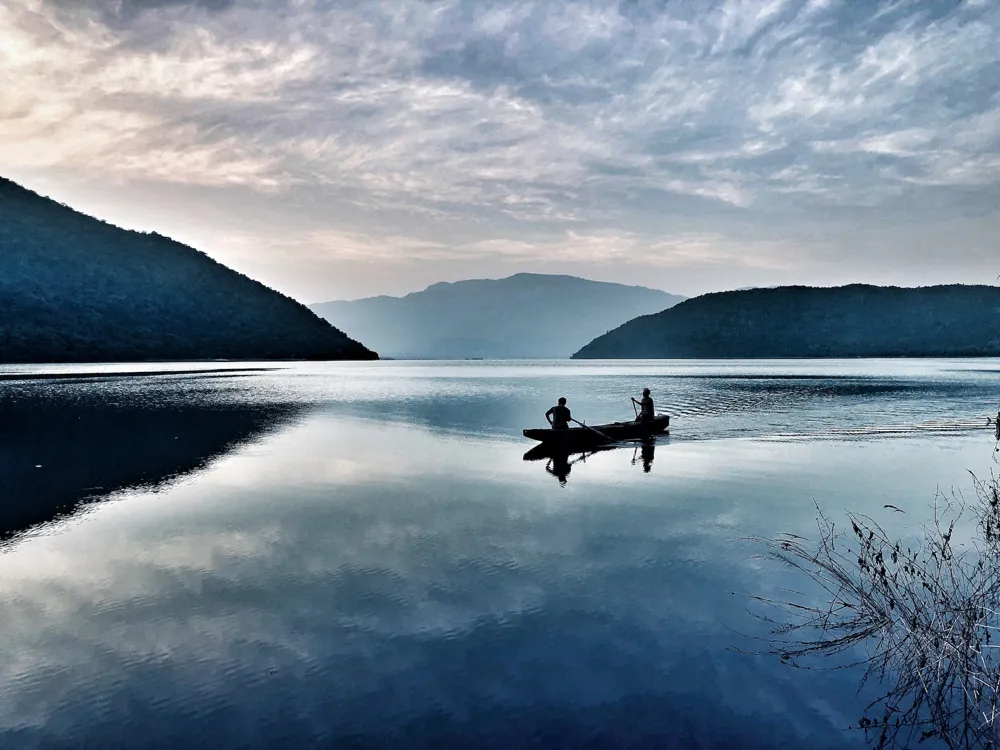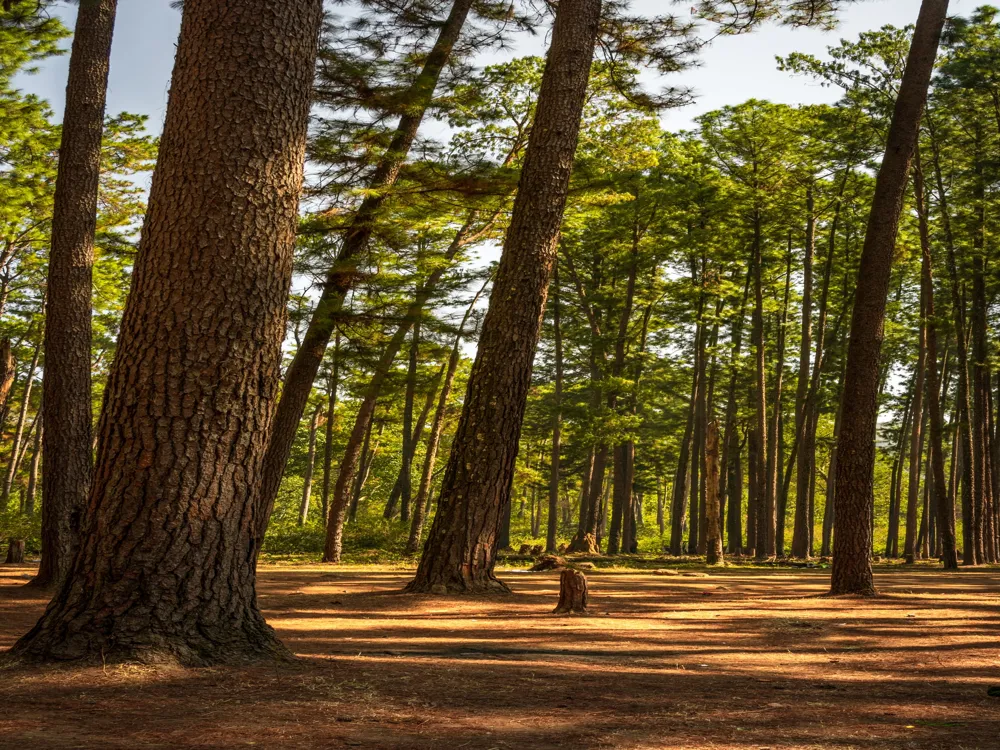Duduma Waterfalls, a majestic natural spectacle, is situated in the lush landscapes of Jeypore, Odisha. Often hailed as a hidden gem, this waterfall is a testament to the raw beauty of nature, seamlessly blending into the local ecology. Spanning across the borders of Odisha and Andhra Pradesh, it forms a part of the Machkund River and is essential for the hydroelectric power generation in this region. With a height of approximately 175 meters, it is one of the highest waterfalls in India, offering breathtaking views. The origin of Duduma Waterfalls is steeped in geological significance. The cascading water, cutting through the rugged terrain, has created a unique ecosystem surrounding the falls. This area is not just a visual marvel but also a haven for biodiversity, hosting various flora and fauna. The waterfall's vicinity is home to numerous indigenous tribes, including the ancient and culturally rich Gadaba tribe, known for their traditional dances and colorful attire. Visitors to Duduma Waterfalls are greeted with a mesmerizing panorama of water plunging into the deep gorge below. The roar of the waterfall, coupled with the serene environment, creates a tranquil yet invigorating experience. The monsoon season, from June to October, is particularly enchanting as the waterfall swells with rainwater, showcasing its might and beauty. The term 'architecture' in the context of Duduma Waterfalls refers to its natural structure and geological formation. The waterfall is a result of the river Machkund, which originates in the Eastern Ghats and meanders through the rugged terrains before plunging into the deep gorge. The geology of this region is characterized by ancient rock formations, primarily granites, and chondrites, which date back millions of years. These rock formations play a crucial role in the waterfall's distinctive appearance and the formation of the gorge. The waterfall's architecture is an exemplar of natural erosion and tectonic activities over time. The water's force has shaped the rocks, creating a unique pattern of crevices and cliffs. This natural architecture is not static but continuously evolving, as the waterfall keeps altering its course and shape, carving deeper into the landscape. The layers of rocks visible at different levels of the waterfall provide a window into the Earth's geological history. Another significant aspect of the waterfall's architecture is the pool that forms at its base. This pool, surrounded by lush greenery and rugged rocks, is a perfect spot for visitors to relax and enjoy the beauty of nature. The natural architecture of Duduma Waterfalls, with its sheer drops, cascading water, and surrounding landscapes, creates a harmonious symphony of nature's elements, leaving an indelible impression on its visitors. The ideal time to visit Duduma Waterfalls is during the monsoon season, from June to October. During these months, the waterfall is at its fullest, offering a spectacular view. However, visitors should be cautious as the paths can be slippery. While Duduma Waterfalls is a breathtaking site, safety is paramount. Visitors should avoid venturing too close to the edge and should adhere to the marked paths and signs. It's also advisable to visit in groups and inform local authorities about your visit. There are several accommodation options near Duduma Waterfalls, ranging from budget stays to more comfortable lodgings. Visitors should note that the area around the waterfall is quite remote, so it's advisable to carry essential items like food, water, and first aid supplies. The area around Duduma Waterfalls is home to indigenous tribes. Visitors are encouraged to respect their culture and traditions and seek permission before photographing tribal members or their settlements. To reach Duduma Waterfalls, visitors can travel by various modes of transportation. The nearest town is Jeypore, which is well-connected by road and rail. From Jeypore, one can hire a taxi or take a bus to reach the waterfalls. The closest airport is in Visakhapatnam, Andhra Pradesh, from where one can take a train or a bus to Jeypore. The journey offers a glimpse into the scenic beauty of Odisha's landscapes, making the travel part of the overall experience of visiting Duduma Waterfalls. Read More: Overview of Duduma Waterfalls, Jeypore, Odisha
Architecture of Duduma Waterfalls
Tips When Visiting Duduma Waterfalls
Best Time to Visit
Safety Precautions
Accommodation and Facilities
Respecting Local Culture
How To Reach Duduma Waterfalls
Duduma Waterfalls
Jeypore
Odisha
NaN onwards
View jeypore Packages
Weather :
Tags : Waterfall
Timings : All time
Time Required : Less than 1 hour
Entry Fee : No entry fee
Planning a Trip? Ask Your Question
Jeypore Travel Packages
View All Packages For Jeypore
Top Hotel Collections for Jeypore

Private Pool

Luxury Hotels

5-Star Hotels

Pet Friendly
Top Hotels Near Jeypore
Other Top Ranking Places In Jeypore
View All Places To Visit In jeypore
View jeypore Packages
Weather :
Tags : Waterfall
Timings : All time
Time Required : Less than 1 hour
Entry Fee : No entry fee
Planning a Trip? Ask Your Question
Jeypore Travel Packages
View All Packages For Jeypore
Top Hotel Collections for Jeypore

Private Pool

Luxury Hotels

5-Star Hotels

Pet Friendly







